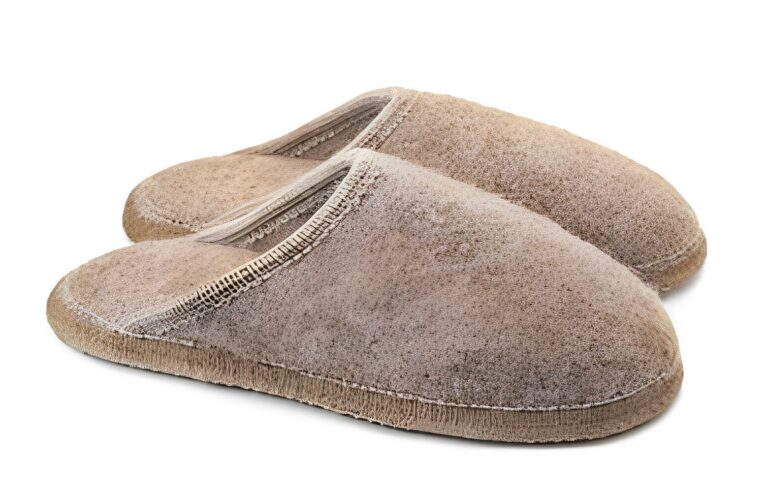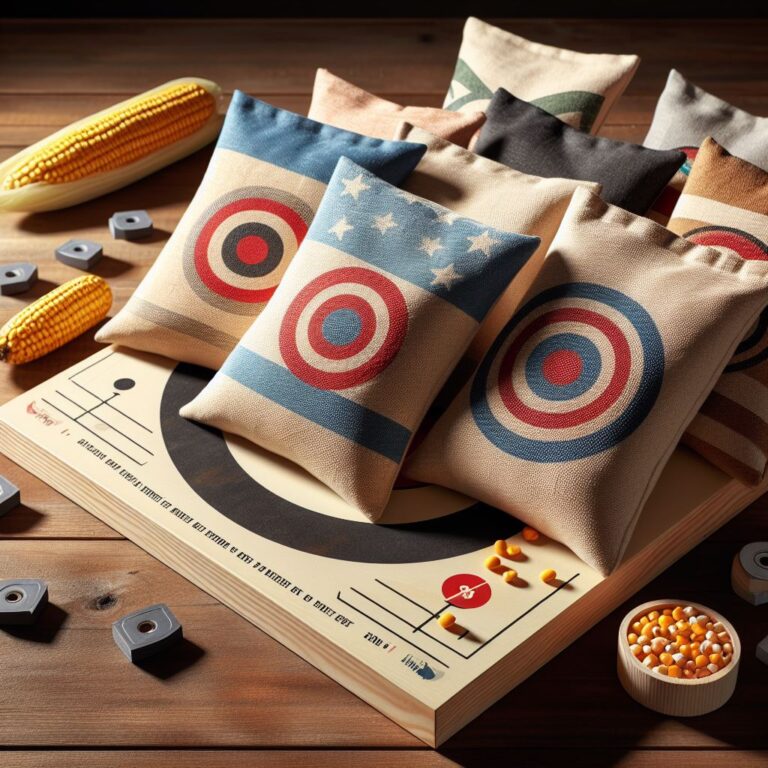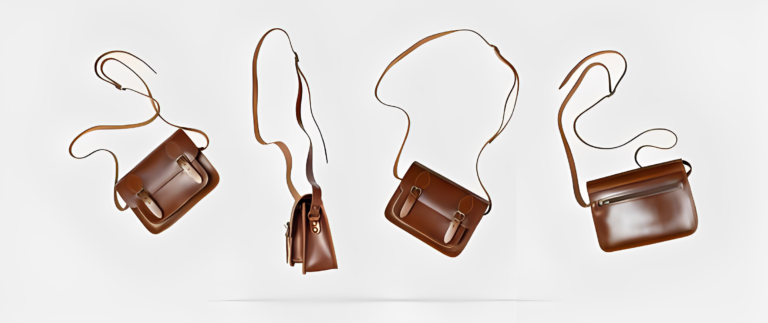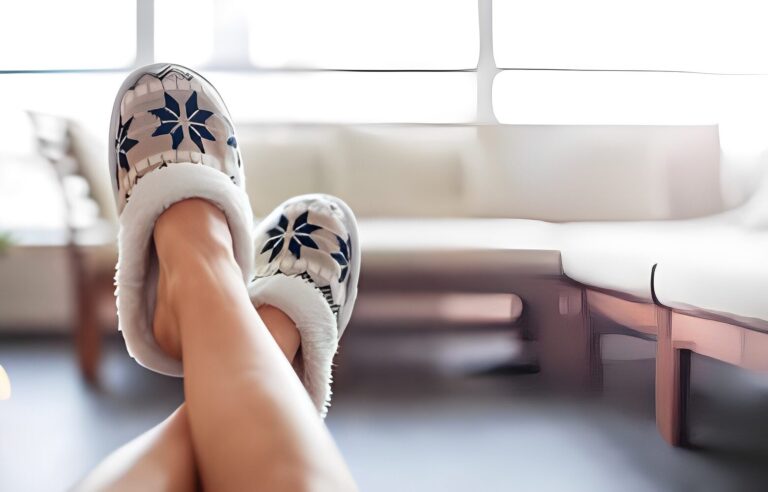How Long Do Running Shoes Last?
Running shoes are an essential piece of equipment for runners, providing support, cushioning, and protection to the feet and joints. However, like any other piece of gear, running shoes have a lifespan and need to be replaced at the right time to ensure optimal performance and reduce the risk of injuries. In this comprehensive guide, we will explore the factors that determine how long running shoes last, signs that indicate it’s time for a replacement, and tips to extend the life of your running shoes. So let’s lace up our shoes and dive in!
Factors Affecting the Lifespan of Running Shoes
The lifespan of running shoes can vary depending on several factors. These factors include the quality of the shoe construction, the materials used, the type of running surface, the runner’s weight and running style, and the frequency and duration of use. Let’s take a closer look at each of these factors:
Quality of Shoe Construction
The quality of the shoe construction plays a significant role in determining how long running shoes last. Shoes made with durable materials, reinforced stitching, and sturdy midsoles tend to have a longer lifespan compared to shoes made with lower quality materials and construction.
Materials Used
The materials used in the construction of running shoes also impact their longevity. High-quality materials such as durable rubber outsoles, cushioning foams, and breathable uppers tend to last longer and provide better performance over time.
Type of Running Surface
The type of surface on which you primarily run can affect the lifespan of your running shoes. Running on rough terrain, such as trails or rocky surfaces, can cause more wear and tear on the shoes compared to running on a smooth track or treadmill.
Runner’s Weight and Running Style
The weight of the runner and their running style can impact the lifespan of running shoes. Heavier runners and those with a more aggressive running style may experience faster wear and tear on their shoes compared to lighter runners with a more efficient running form.
Frequency and Duration of Use
The frequency and duration of your runs also contribute to the lifespan of your running shoes. Regular runners who log more miles per week will need to replace their shoes more frequently compared to occasional runners who cover fewer miles.
Read More: How to Style Vans
Recommended Mileage for Replacing Running Shoes
While the lifespan of running shoes can vary depending on the factors mentioned above, there is a general guideline for when to replace them based on mileage. The average lifespan of running shoes is typically between 300 to 500 miles (480 to 800 kilometers). However, this is just an estimate, and individual factors can influence the actual mileage at which you should replace your shoes.
It’s important to keep track of the mileage on your shoes to determine when they are nearing the end of their lifespan. Many runners use running apps or GPS devices to track their mileage, making it easier to keep an accurate record. If you don’t track your mileage, you can estimate the lifespan of your shoes based on the average number of miles you run per week.
Signs That Your Running Shoes Need to be Replaced
While keeping track of mileage is a good practice, it’s also important to pay attention to the condition of your running shoes. Here are some signs that indicate it’s time to replace your running shoes:
Decreased Cushioning
One of the first signs that your running shoes are wearing out is a noticeable decrease in cushioning. The midsole foam and cushioning materials lose their ability to absorb impact over time, leading to reduced shock absorption and less support for your feet and joints.
Excessive Wear on Outsoles
Inspect the outsoles of your running shoes for signs of excessive wear. If the treads have worn down, become smooth, or show signs of uneven wear, it’s a clear indication that the shoes are no longer providing adequate traction and stability.
Visible Damage or Deformation
Look for any visible damage or deformation on your running shoes. This can include holes or tears in the upper mesh, separation of the sole from the upper, or any other structural damage that compromises the integrity of the shoe.
Lingering Aches and Pains
If you start experiencing new or persistent aches and pains in your feet, ankles, knees, or hips during or after your runs, it could be a sign that your shoes are no longer providing the necessary support and cushioning. This can lead to increased stress on your joints and an increased risk of injuries.
Tips to Extend the Life of Your Running Shoes
While running shoes have a limited lifespan, there are steps you can take to maximize their durability and extend their life. Here are some tips to help you get the most out of your running shoes:
Rotate Your Running Shoes
Using multiple pairs of running shoes and rotating them can help extend their lifespan. By giving each pair of shoes time to rest and recover between runs, you reduce the amount of wear and tear on each pair, ultimately prolonging their overall lifespan.
Avoid Excessive Moisture
Moisture can accelerate the breakdown of the materials in your running shoes. After running in wet conditions or if your shoes get wet from sweat, make sure to dry them thoroughly before using them again. Stuffing them with newspaper or using a shoe dryer can help remove moisture and prevent odor-causing bacteria from growing.
Clean Them Regularly
Regularly cleaning your running shoes can help remove dirt, grime, and salt deposits that can degrade the materials over time. Use a soft brush and mild soap to gently clean the uppers and outsoles. Avoid using harsh chemicals or machine washing, as these can damage the shoes.
Read More: How to Clean Canvas Shoes
Use Them for Running Only
While it may be tempting to use your running shoes for other activities, such as walking or everyday wear, it’s best to reserve them solely for running. Using them for non-running activities can increase the wear and tear on the shoes, reducing their lifespan.
Store Them Properly
When you’re not using your running shoes, store them in a cool, dry place away from direct sunlight. Avoid leaving them in hot cars or damp areas, as extreme temperatures and moisture can damage the materials and degrade the cushioning.
FAQs
Can I use running shoes for other activities?
How often should I rotate my running shoes?
Is it necessary to replace both shoes at the same time?
Can I donate my old running shoes?
Conclusion
The lifespan of running shoes can vary depending on factors such as shoe construction, materials used, running surface, and individual running habits. While the general guideline is to replace running shoes every 300 to 500 miles, it’s important to pay attention to signs of wear and tear, decreased cushioning, and visible damage. By following proper care and maintenance practices and incorporating rotation into your shoe usage, you can extend the life of your running shoes and ensure optimal performance and injury prevention. Remember, investing in a new pair of running shoes is an investment in your running experience and overall well-being. So lace up, hit the road, and enjoy the miles!







